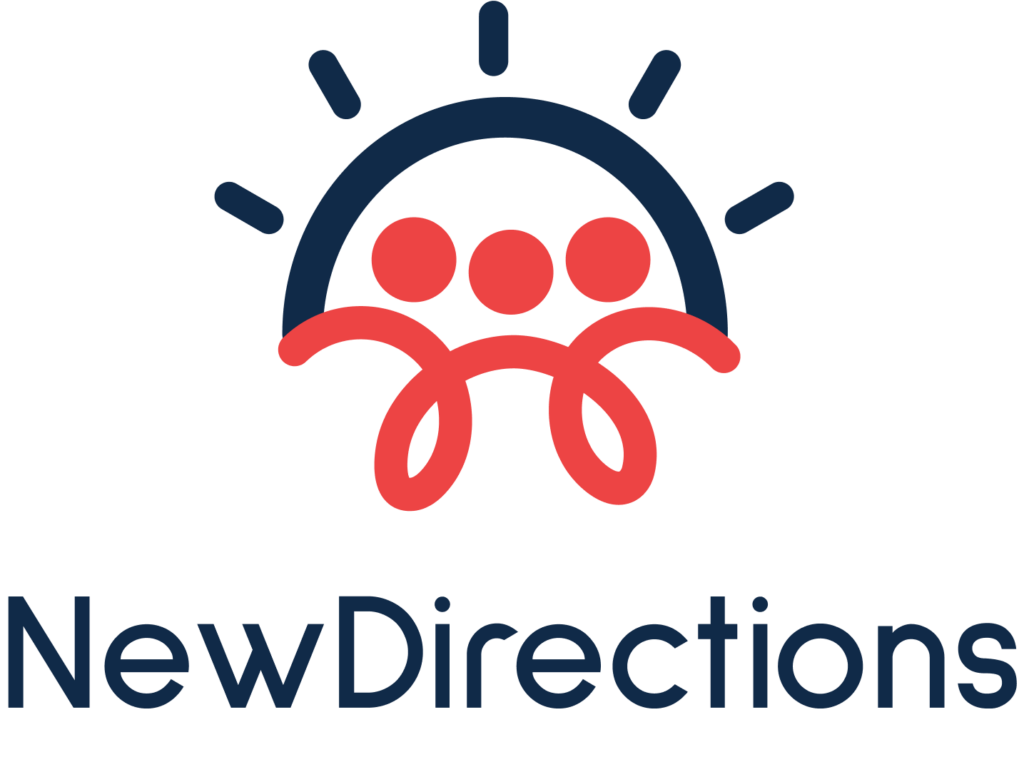The key players in e-health solutions in the US are Doctor on Demand, Teledoc Health, MdLive, and Amwell.
The European map of start-ups developing telehealth apps is quite diverse – the UK is home to Babylon, AdaHealth, MedicSpot and PushDoctor and Sweden is home to Kry and Mindoctor.
Babylon
Babylon allows the booking of text and video consultations with doctors. It has recently received $550 million in funding and has accounted for over two million consultations, with 1,000 happening every day since the company was founded.
American Well (AmWell)
Amwell is a privately owned company founded in 2006 that connects patients, doctors, and insurers in the United States. On February 1, 2020 it received a venture round of 60m dollars.
Kry
KRY is a Swedish start-up enabling patients to book video appointments with doctors. It has received 87 million euros and is one of the more well-funded European telehealth start-ups. Kry has hosted over 1,200,000 consultations so far.
Ada Health
Ada Health is an artificial intelligence-powered telemedicine service. It helps patients to identify symptoms and provides them with possible conditions. Working as a pre-screening consultation, Ada Health sends patients to the doctors where medical conditions require it.
Developing a successful telehealth app
If you don’t have any product design experience, you will find it hard to design a telehealth product that both doctors and patients will want to use and pay for.
However, you are in the right place to learn about the challenges of developing a successful telehealth product and the ways to cope with them.
In 2016, Accenture released a report saying that two-thirds of national hospitals in the US had mobile telehealth apps available for patients. However, only two percent of patients were actively using the platforms.
So what’s the difference between the telemedicine apps reaching 1,000 appointments a day and other e-health platforms used by only a small fraction of patients?
One of them is undoubtedly a better understanding of the doctors, patients, insurers, and other stakeholders that will use and pay for the telehealth product.
Technology and funding remain secondary as a means to an end, even though they are crucial for launching a product.
A lean approach to telehealth app development
So where should you start to launch a product that both doctors and patients want to use? First of all, if you haven’t yet read the books “Lean Product” by Dan Olsen and “Lean Startup” by Eric Ries, do it!
They are a great introduction to developing products that users love paying for.
Instead of investing a lot of money into building a complex product right away and finding out that no one wants to use it, get feedback from your audience early in the process.
Create a simple version of the product with a minimum number of functionalities (wireframes and prototypes), run interviews with users ask them for feedback, and observe their interactions with it.
After that, brainstorm how to better fit the users’ needs with the product, introduce changes, and ask for feedback.
Constant iterations will help you start to get a better idea of what your users want and what needs you can solve better than your competition.
This will help you get more clarity on your value proposition, achieve a product-market fit, and get ready to develop an MVP – minimum version of your telemedicine app to be used by doctors and patients.
Building a better telehealth app than those currently available
By understanding which app features bring the most value for doctors and patients, you will then put into production only the most important features, therefore avoiding budget allocation on those that customers will not find useful.
For example, you might assume that adding a feature of a detailed doctor profile with the option of a review is the most important as it will help users choose the right doctor for a consultation and thus keep them more satisfied.
However, during the next user research, it might turn out that reviews are not the most important aspect – patients and doctors might instead be concerned with the security of their data and they are not sure that other telehealth app providers are doing it right.
This will help you refocus on the functionalities and prioritize feature development.
Remember that some development agencies choose a technocratic approach and will focus on shipping the product, but not on developing it in line with a lean approach.
If you want any support in this domain, book a call with us – we will match you with either a tech agency that has a strong focus on product design or a UX expert with a track record of developing telemedicine apps who can help you.
Possible app functionalities
Once you have identified the value proposition for your e-health app, it’s time to map out how your app will be able to satisfy them, by defining app functionalities.
Packing your app with all the possible features doesn’t guarantee success – we have already covered why in the previous paragraphs.
Choose the minimum number of functionalities that are needed to create value for an end customer.
Don’t spend too much time on this task – build and show a simple prototype with these features to all stakeholders of your telehealth app – patients, insurers, and doctors – and gather feedback.
Here are some possible app functionalities you can include in your e-health app.
Patient and doctor profiles
To sign up for an app, a patient should submit their details such as full name, age, sex, medical history, and other information to book the first appointment.
A doctor should fill in all the information about their credentials, their license needs to be verified, as does their track record and other details.
Search
Search can include different parameters e.g. experience, specialization, the doctor’s availability, and ratings – all necessary details to help a patient choose the best doctor for them.
Booking an appointment
A user should be able to easily filter doctors, find the most suitable one, and book an appointment effortlessly.
This is one of the core features as it helps a user fit their schedule with a doctor’s availability.
Video conferencing
A doctor can show a patient how to use an inhaler, see wounds or incision sites, and provide emotional support to help a patient get better. Video can help look for life-threatening symptoms – for example, a patient’s lips going blue.
Voice calls
Some patients may prefer to avoid video communication and showing their faces. For such patients, having voice calls as a basic option to connect with a doctor is important. Make sure you cater to the needs of these users as well.
Document storage
Doctors and patients should have easy access to documentation – e.g. for tracking prescriptions. It is important to ensure any data stored is accessible only by a doctor dealing with a patient’s case.
Geolocation
This specifically applies to the United States where doctors need to have a specific license to offer services in a given state. By allowing for this function, the app can identify the patient’s location and find licensed doctors eligible to treat such a patient.
In-app chat
Some users may prefer this contact more than other channels, possibly due to the urgency of the issue and in the case of questions that don’t require a long consultation.
Payment
The payment gateway should enable all the most popular payment methods for patients to pay the doctor’s invoices.
Ratings and reviews
Each doctor can be rated by patients to make it easy to identify the best-performing specialists.
The cost of developing a telehealth app
The cost of developing a telehealth app varies depending on the product’s complexity.
If your product development is completed according to Lean Methodology you can quickly test your hypotheses about new app features, gather feedback from real users, and act on it before investing a huge budget in deploying complex software.
This approach helps to generate savings and sees fast progress with app development – with product increments deployed after each sprint (around one to three weeks).
When thinking of a product MVP, you should count on the development process taking around three months with budgets ranging from 10k to 30k USD, when working with tech agencies from Eastern Europe.
If you need any further help with estimating costs, let’s schedule a call to discuss your needs and project goals – we will do our best to advise you on your case.
Security of telehealth application
Your telehealth application should protect users’ sensitive information and use encryption of personal and health information.
The application should comply with different regulations, often unique for the countries you want to launch your app in.
When operating in the US market the application should comply with HIPPA (The Health Insurance Portability and Accountability Act), passed by Congress in 1996.
The HIPPA regulations require you to ensure a system for data protection so that only authorized individuals can have access to sensitive information processed and stored within the telehealth application.
In turn, in the EU space, your application has to comply with the Data Protection Directive and e-Privacy Directive. You have to research and comply with national legislation regulations if you want your product to be used in different markets.
So how can you ensure your data is secure? The more experienced your tech team is at ensuring security, the better it is for you in both the short- and long term.
Even the smallest breach of security can result in the loss of users’ trust and a destroyed reputation.
That’s why you should work with developers who have a track record in developing solutions requiring strict security measures.
How to monetize your app
There are several ways to monetize your telehealth app.
Annual membership
An annual payment to use the platform – this might apply to both patients and doctors.
Monthly fee
A monthly recurring payment for using the platform, either with an annual contract or a one-month cancellation period. Rates for both might differ.
Franchising
Consider selling the core functionalities and add-ons of your apps to other businesses. In this way, they save money on developing a product and its maintenance, and you can choose the following options for franchise monetization:
– Lump sum – a one-off payment
– Royalty fee – renewable payment for using a software
– Franchise renewal – payment to continue the contract or to receive important software updates
Per-minute charge
Charge patients per minute of each consultation, and keep a share of the revenue instead of offering SaaS-based models for doctors or one-time fees.
Per-consultation charge
No matter how long the consultation is, you charge only once per consultation. The price would differ for individual specialists and levels of experience.
Conclusion
There are already a lot of telehealth start-ups that have validated the need for such solutions in many markets.
To make your telehealth product successful, you have to start by examining the needs of your customers and understanding your unique value proposition.
You won’t be able to do it alone if you don’t have technical experience in this area.
Even if you do have experience, you will still need someone who has had experience developing similar solutions and who can share know-how with you.
That is why you need help in the initial phase of product design of your telehealth product as well as the iteration stage.

 Bruno Cuevas
Bruno Cuevas  Theo Freybote
Theo Freybote 





